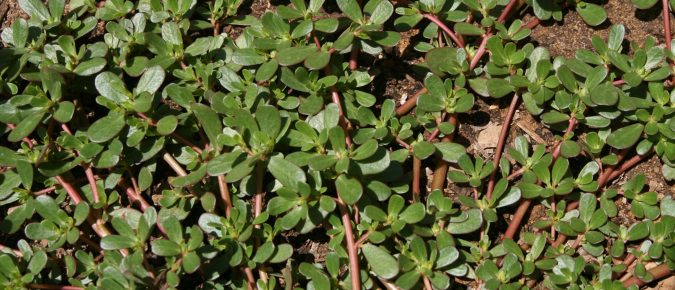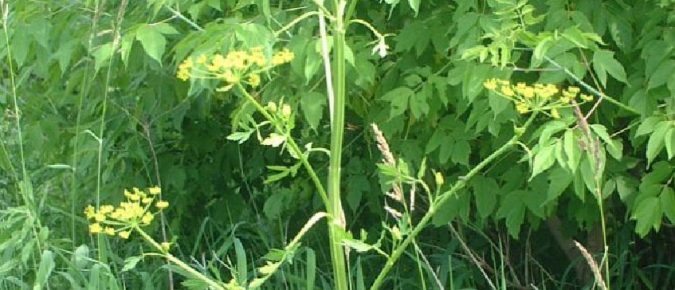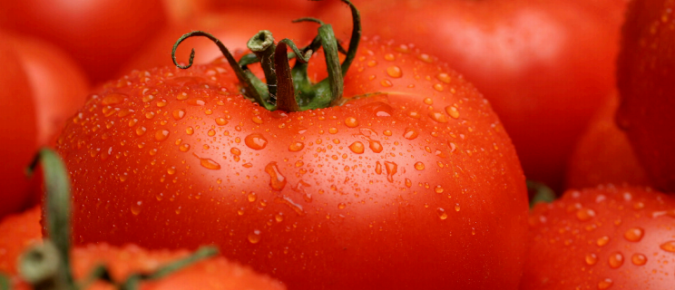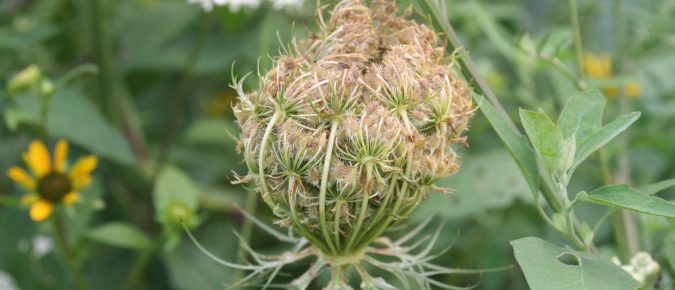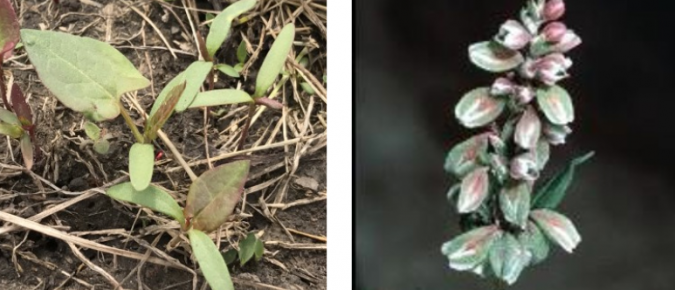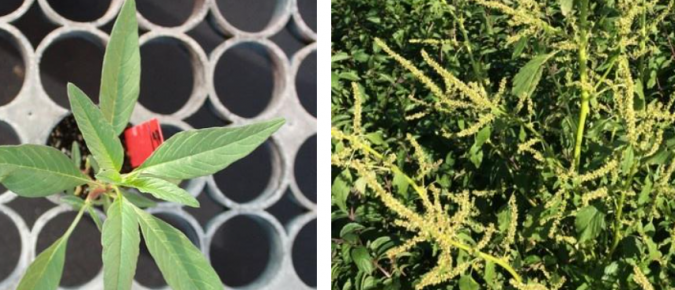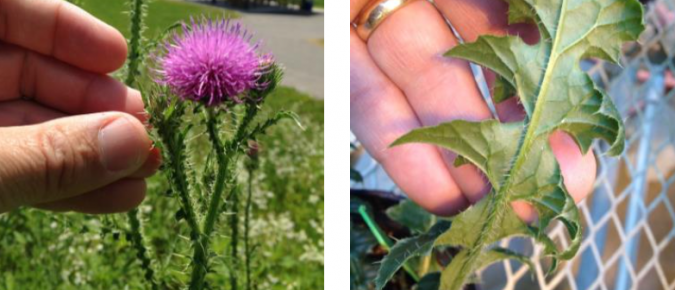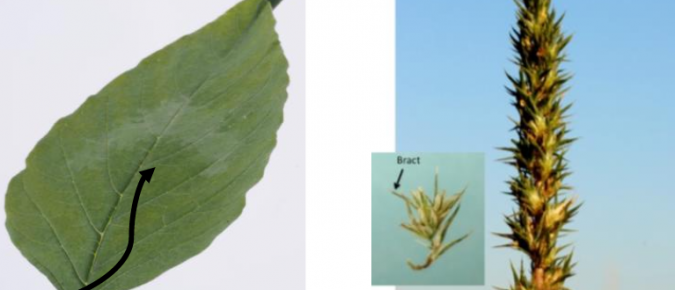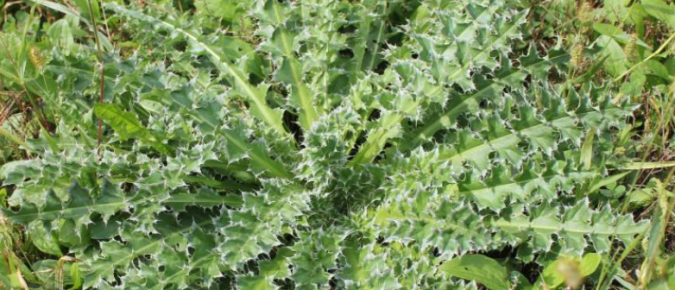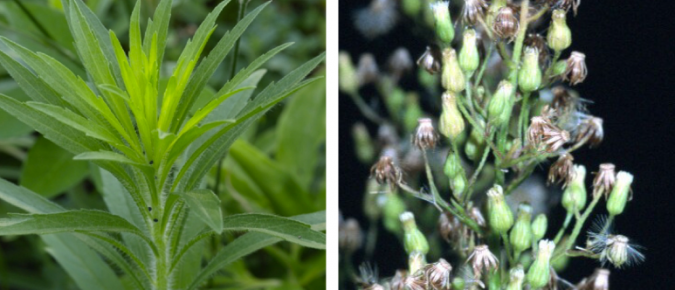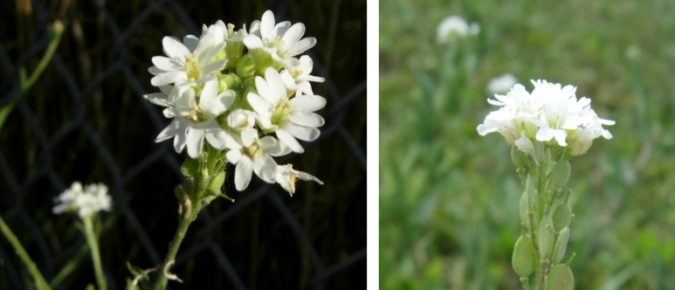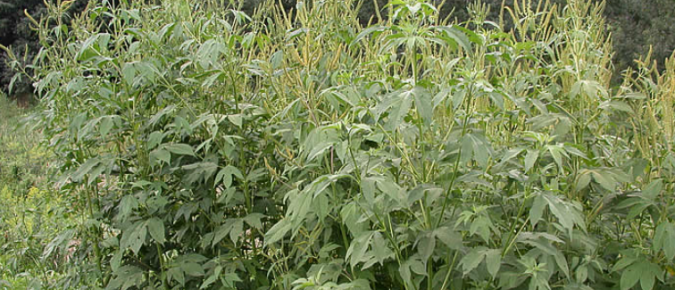Common purslane, Portulaca oleracea, is a low-growing plant with succulent leaves. This annual grows quickly to produce a mat of tart-flavored edible leaves. Because of its fast growth, prolific seed production, and ability to survive in all types of soils, most people think of it as a pest, but some consider it a vegetable. To learn more about this edible weed in this article.
Wild parsnip (Pastinaca sativa) is an aggressive Eurasian member of the carrot family that grows in sunny areas and tolerates dry to wet soil types. Very invasive, it can overtake roadsides and fields. Contact with this plant can cause severe skin blisters and permanent scarring. Learn how to identify and control this invasive plant in this factsheet.
Tomatoes are a popular vegetable that many people grow in their home gardens. Pruning tomatoes can create stronger and healthier plants that will grow larger numbers of higher quality tomato fruits later into the growing season.
In mid-summer, the fields and roadsides are filled with airy white flowers of Queen Anne’s Lace, an introduced plant that is related to carrots. Learn more about this nearly-ubiquitous weed by reading this article…
This factsheet will help you identify wild buckwheat – Polygonum convolvulus, a common weed in pastures and other settings.
This factsheet will help you identify tall / common waterhemp, a common weed in pastures and other settings.
This factsheet will help you identify plumeless thistle, a common weed in pastures and other settings.
This factsheet will help you identify Palmer amaranth, a common weed in pastures and other settings.
This factsheet will help you identify musk thistle, a common weed in pastures and other settings.
This factsheet will help you identify horseweed (marestail) – Conyza canadensis, a common weed in pastures and other settings.
This factsheet will help you identify hoary alyssum – Berteroa incana, a common weed in pastures and other settings.
This factsheet will help you identify giant ragweed – Ambrosia trifida, a common weed in pastures and other settings.

